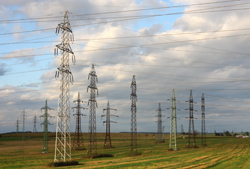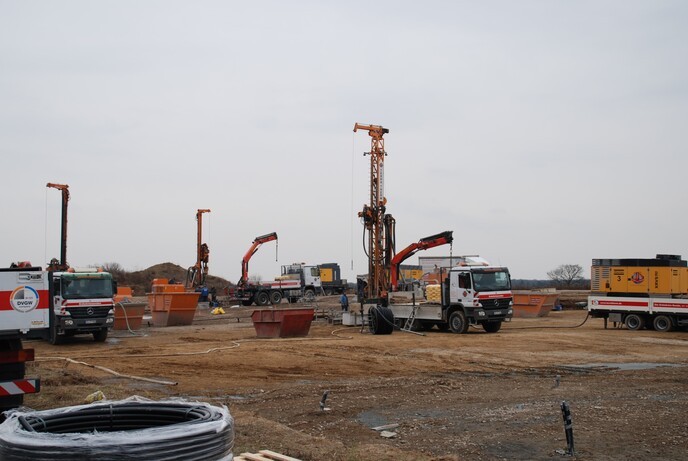Superconductive wires for electric power delivery
The idea of loss-less transmission of electricity was inspired from the discovery of superconductivity in the 20th century. In addition to zero resistance, superconductive materials are able to carry current densities which far exceed the admissible ones of standard metal conductors, such as copper or aluminium. One of the most promising applications of superconductive materials is their usage in electric power distribution grids, where the existing copper overhead lines will be replaced by underground wires. The overall objective of the BIG-POWA project was to provide the research and development base for the fabrication of superconductive wires that will improve the efficiency of electric power transmission. Before the BIG-POWA project there were some overwhelming considerations for large-scale industrial applications of high temperature superconductive materials. The issue of electrical losses when alternating current (AC) flows through them was of primary importance, since their magnitudes were above the desired application levels. Over the course of the four-year project, deformation procedures were developed to fabricate superconductive materials with more appropriate configurations than existing flat tapes for cables and coils. The expected level of AC losses needed to be evaluated at the design stage. For this purpose, the BIG-POWA project partners employed the Hall-probe experimental technique. More specifically, the magnetic field profile on the surface of sample high temperature superconducting tapes was measured with the use of Hall-probe sensors. When compared to magneto-optical measurements, Hall-probe sensors are easier to calibrate, even if they do not produce a high resolution map. On the other hand, an array of seven sensors connected to a multiple channel amplifier, which is programmed for fast and synchronous data acquisition measurements, provided for real-time measurements. The speed of the system is high enough to measure the magnetic field profile on the sample's surface, while the frequency of the electric current that produces it reaches 50\;Hz. To obtain the map of the current density corresponding to the measured field profile, the inverse problem was solved using certain assumptions for the current density distribution and Ampere's law. Knowledge of the current distribution, obtained with this experimental technique can be used for understanding the superconductors' properties and for quality control purposes.







